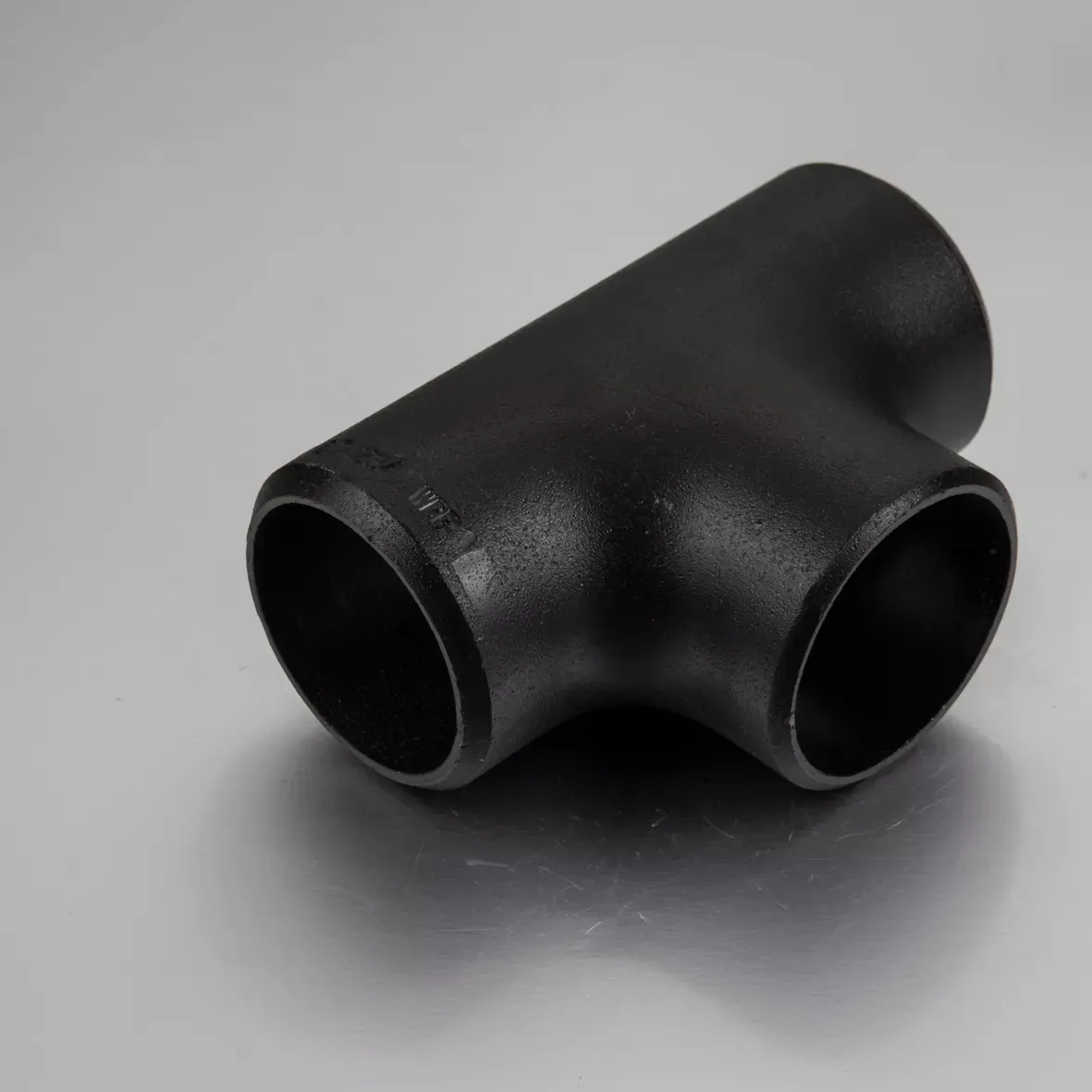-
Cangzhou Yulong Steel Co., Ltd.
-
Phone:
+86 13303177267 -
Email:
admin@ylsteelfittings.com
- English
- Arabic
- Italian
- Spanish
- Portuguese
- German
- kazakh
- Persian
- Greek
- French
- Russian
- Polish
- Thai
- Indonesian
- Vietnamese
- Zulu
- Korean
- Uzbek
- Hindi
- Serbian
- Malay
- Ukrainian
- Gujarati
- Haitian Creole
- hausa
- hawaiian
- Hebrew
- Miao
- Hungarian
- Icelandic
- igbo
- irish
- Japanese
- Javanese
- Kannada
- Khmer
- Rwandese
- Afrikaans
- Albanian
- Amharic
- Armenian
- Azerbaijani
- Basque
- Belarusian
- Bengali
- Bosnian
- Bulgarian
- Catalan
- Cebuano
- China
- China (Taiwan)
- Corsican
- Croatian
- Czech
- Danish
- Esperanto
- Estonian
- Finnish
- Frisian
- Galician
- Georgian
- Kurdish
- Kyrgyz
- Lao
- Latin
- Latvian
- Lithuanian
- Luxembourgish
- Macedonian
- Malgashi
- Malayalam
- Maltese
- Maori
- Marathi
- Mongolian
- Myanmar
- Nepali
- Norwegian
- Norwegian
- Occitan
- Pashto
- Dutch
- Punjabi
- Romanian
- Samoan
- Scottish Gaelic
- Sesotho
- Shona
- Sindhi
- Sinhala
- Slovak
- Slovenian
- Somali
- Sundanese
- Swahili
- Swedish
- Tagalog
- Tajik
- Tamil
- Tatar
- Telugu
- Turkish
- Turkmen
- Urdu
- Uighur
- Welsh
- Bantu
- Yiddish
- Yoruba

Oct . 04, 2024 10:13 Back to list
din flange
Understanding DIN Flanges An Essential Component in Mechanical Engineering
Flanges are essential components used in various piping and mechanical systems to connect two sections of pipe, valves, or other equipment. Among the many standards available for flanges, DIN (Deutsches Institut für Normung) flanges are particularly significant in industries across Europe and beyond. The DIN standards ensure that components are manufactured and function within specific guidelines, promoting interoperability and safety.
What Are DIN Flanges?
DIN flanges refer to flanges that meet the specifications set by the German Institute for Standardization. These flanges come in several types, including welding neck, slip-on, blind, and threaded, each serving distinct functions in different applications. They are characterized by their unique dimensions, pressure ratings, and materials, which can range from carbon steel to stainless steel and other alloys, ensuring compatibility with various environments.
Key Features of DIN Flanges
1. Standardization One of the most critical aspects of DIN flanges is their standardized dimensions. This standardization ensures that DIN flanges can be easily interchanged among different manufacturers, reducing the risk of errors during installation and maintenance.
2. Material Versatility DIN flanges can be made from various materials, including low carbon steel, stainless steel, and even plastic for specific applications. This versatility allows engineers to select a flange that best suits their project's needs, considering factors like pressure, temperature, and corrosion resistance.
din flange

3. Pressure Ratings DIN flanges are classified by pressure ratings, which indicate the maximum pressure they can safely handle. These ratings are crucial in ensuring that the piping system operates without failure, especially in high-pressure applications.
4. Ease of Installation The design of DIN flanges promotes ease of installation. Their flat surfaces allow for effective sealing, and they can be bolted together securely, preventing leaks and ensuring the integrity of the piping system.
Applications of DIN Flanges
DIN flanges are widely used in various industries, including chemical processing, oil and gas, water treatment, and HVAC systems. Their application ranges from connecting pipes and valves to joining different parts of machinery, showcasing their versatility. In high-pressure settings, such as oil rigs or chemical plants, the reliability of DIN flanges becomes even more critical, as any failure could lead to catastrophic consequences.
Conclusion
In conclusion, DIN flanges are a vital component in modern engineering and manufacturing. Their standardized design, material versatility, and reliability under pressure make them indispensable in a wide array of applications. As industries continue to evolve, the importance of having reliable connections in piping systems cannot be overstated. Whether you are an engineer designing a new system or a technician maintaining existing infrastructure, understanding DIN flanges is essential to ensure safety and efficiency in your work. As we move towards more advanced technology and new materials, DIN flanges will undoubtedly continue to play a significant role in ensuring the integrity and efficiency of industrial systems.
Latest news
-
ANSI 150P SS304 SO FLANGE
NewsFeb.14,2025
-
ASTM A333GR6 STEEL PIPE
NewsJan.20,2025
-
ANSI B16.5 WELDING NECK FLANGE
NewsJan.15,2026
-
ANSI B16.5 SLIP-ON FLANGE
NewsApr.19,2024
-
SABS 1123 FLANGE
NewsJan.15,2025
-
DIN86044 PLATE FLANGE
NewsApr.19,2024
-
DIN2527 BLIND FLANGE
NewsApr.12,2024
-
JIS B2311 Butt-Welding Fittings LR/SR 45°/90° /180°Seamless/Weld
NewsApr.23,2024











